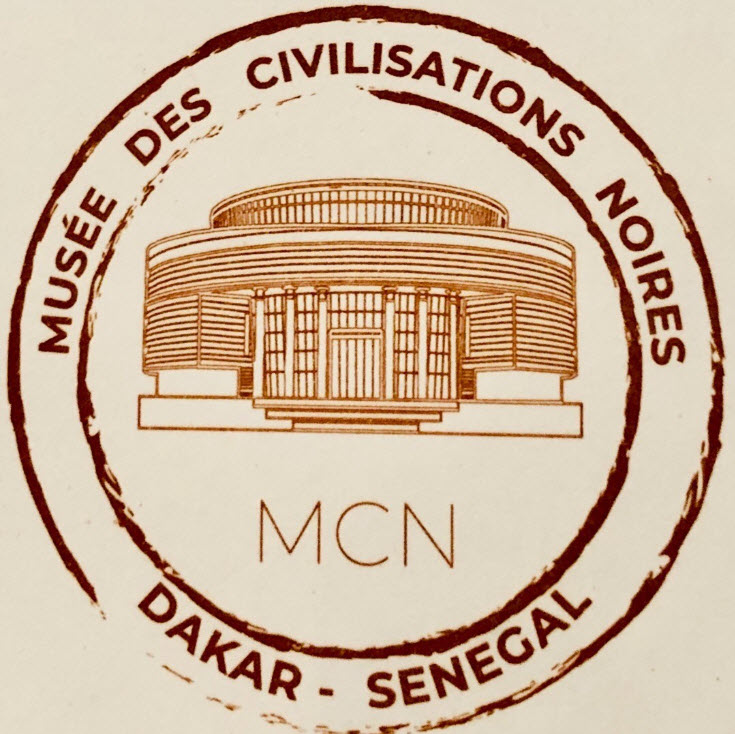
Thursday, March 16th, 2023
Senghor and the Arts
Cover image: Advertisement for Senghor and the Arts
Léopold Sedar Senghor was an integral part of the Negritude movement that galvanized Black pride in the Francophone world in the 1930s. He was a prolific poet who contributed to the founding of Présence Africaine, the iconic bookstore in the 5th arrondissement. He led the independence movement in Senegal and served as the country's first president from 1960 to 1980.
The Musée du quai Branly Jacques Chirac is offering a unique opportunity to critically examine the cultural policies and diplomacy set forth by Senghor during his presidency. In six sections, Senghor and the Arts - Re-inventing Universalism presents Senegal's major achievements in the visual and performing arts under Senghor's term.
Section One of the exhibition explores the first World Festival of Negro Arts, held in Dakar in 1966. This was the fruit of the recommendation made during the second Congress of Black Artists and Writers (organized in Rome by the Présence Africaine in 1959) to organize an event on African soil that would showcase African songs, dance, theater and visual arts. Festival events included the Art Nègre exhibition mounted through a collaboration between UNESCO and France, which was shown first at the Musée Dynamique in Dakar and subsequently at the Grand Palais in Paris.
_-_1966_-_Colnect_674653_-_World_Festival_of_Negro_Arts_public domain.jpeg) Stamp issued by Congo (Brazzaville) during the World Festival of Negro Arts
Stamp issued by Congo (Brazzaville) during the World Festival of Negro Arts
Source: Wikimedia Commons
Public domain
Section Two looks at the creation of the School of Arts of Dakar in 1960, the Daniel Sorano National Theater in 1965 and the Manufacture National Tapestry of Senegal in Thiès in 1966.
Section Three presents Senghor's redefining of "universalism" in a cultural context:
« Il s’agit que tous ensemble – tous les continents, races et nations -, nous construisions la Civilisation de l’Universel, où chaque civilisation différente apportera ses valeurs les plus créatrices parce que les plus complémentaires ». ("It is about everyone - all continents, races and nations - building the Civilization of the Universal, to which each different civilization will bring its most creative values because [they are] the most complementary.")
Section Four explores Senghor's cultural diplomacy. He considered Senegal's artists as cultural ambassadors, and he encouraged presentations of Senegalese artists and art forms as diplomatic acts. Three events evoked in this part of the exhibition are the Parisian version of the exhibition L’Art nègre. Sources, evolution, expansion presented at the Grand Palais in 1966, the performance of Macbeth by the national theater troupe at the Odéon Theater on March 3, 1969 and the Senegalese Art Today exhibition shown at the Grand Palais in Paris in 1974.
Section Five presents elements of Senegalese opposition to Senghor's arts philosophy and policies.
And Section Six examines what is perhaps the ultimate legacy of Senghor's cultural vision - the Museum of Black Civilizations, which opened in Dakar in 2018.
 Graphic representing the Museum of Black Civilizations
Graphic representing the Museum of Black Civilizations
Source: mcndakar
Senghor and the Arts opened on February 7, 2023 and will run through November 19, 2023. For information and to purchase tickets, click HERE.

 Our Walk: Black History in and around the Luxembourg Garden - Click here to book!
Our Walk: Black History in and around the Luxembourg Garden - Click here to book!